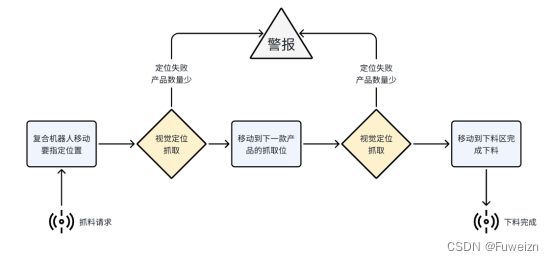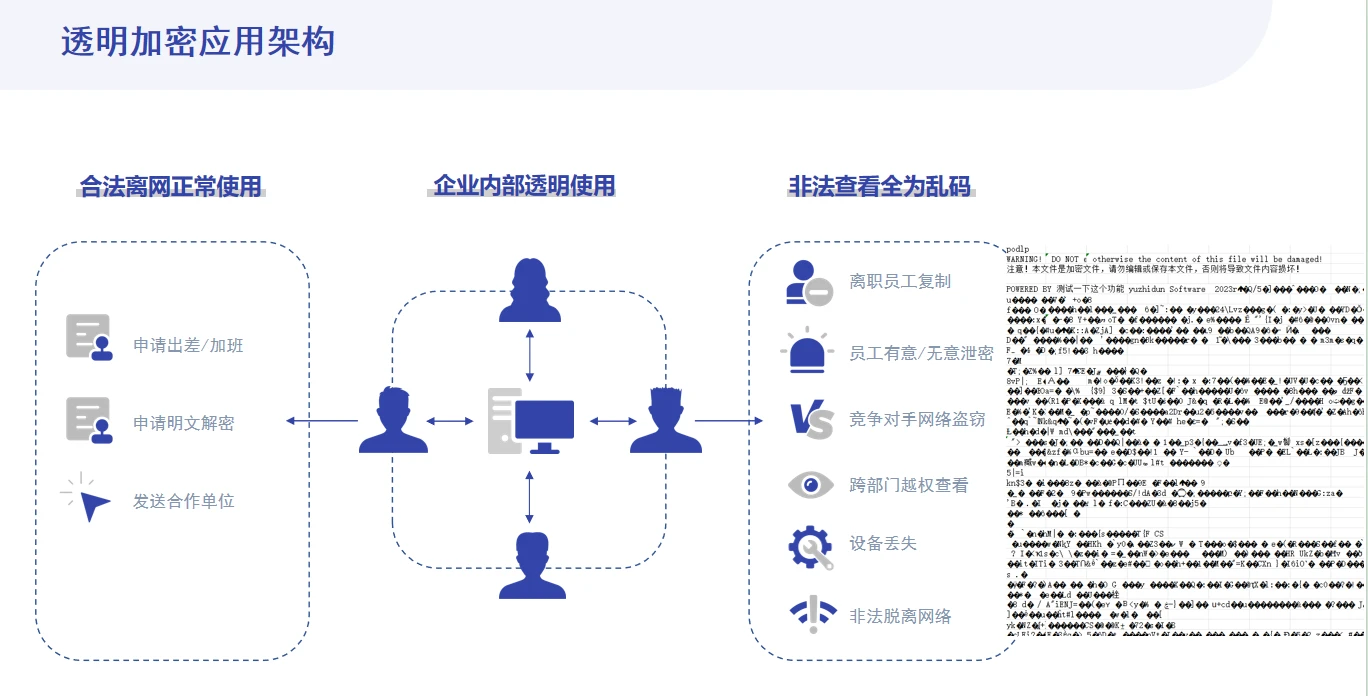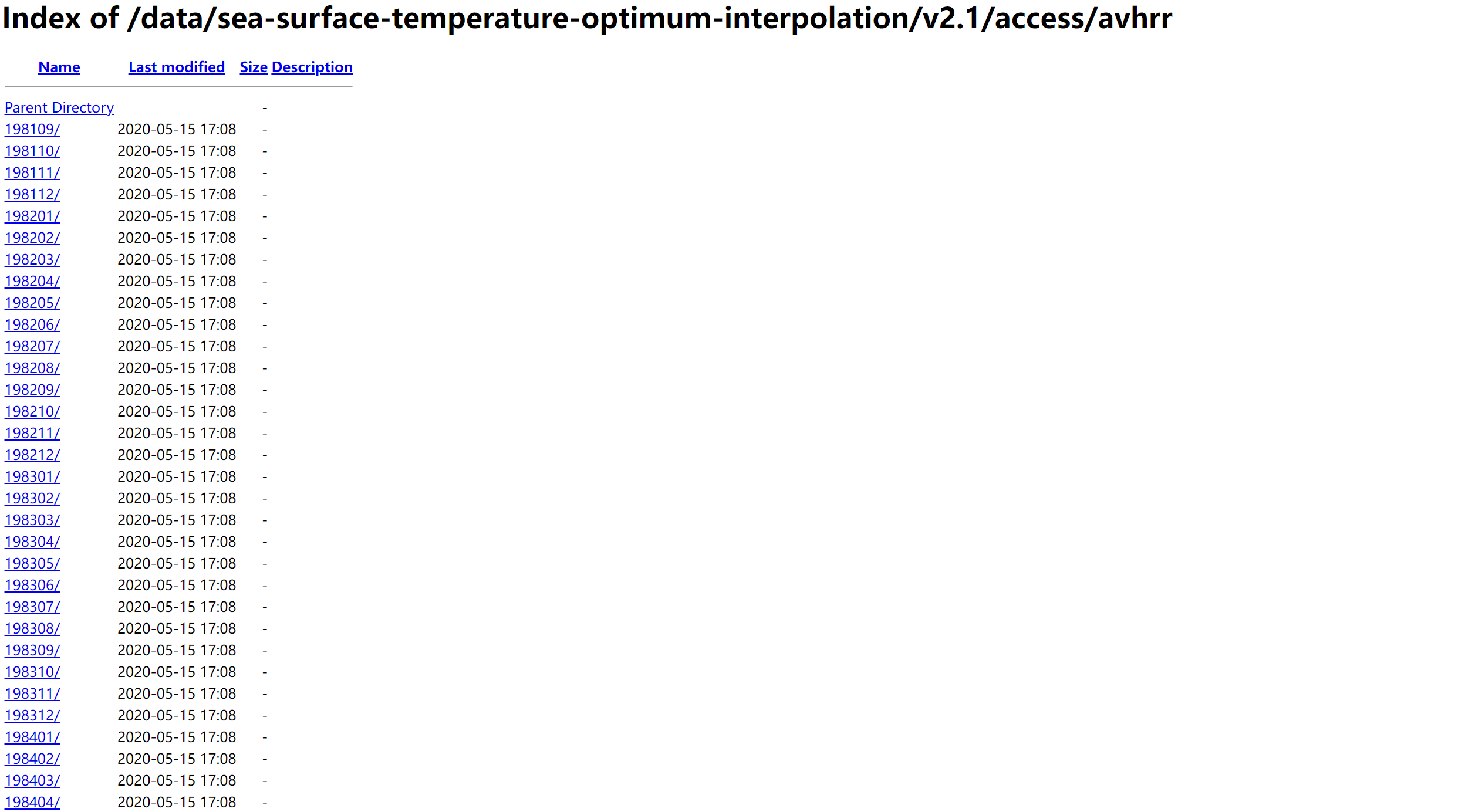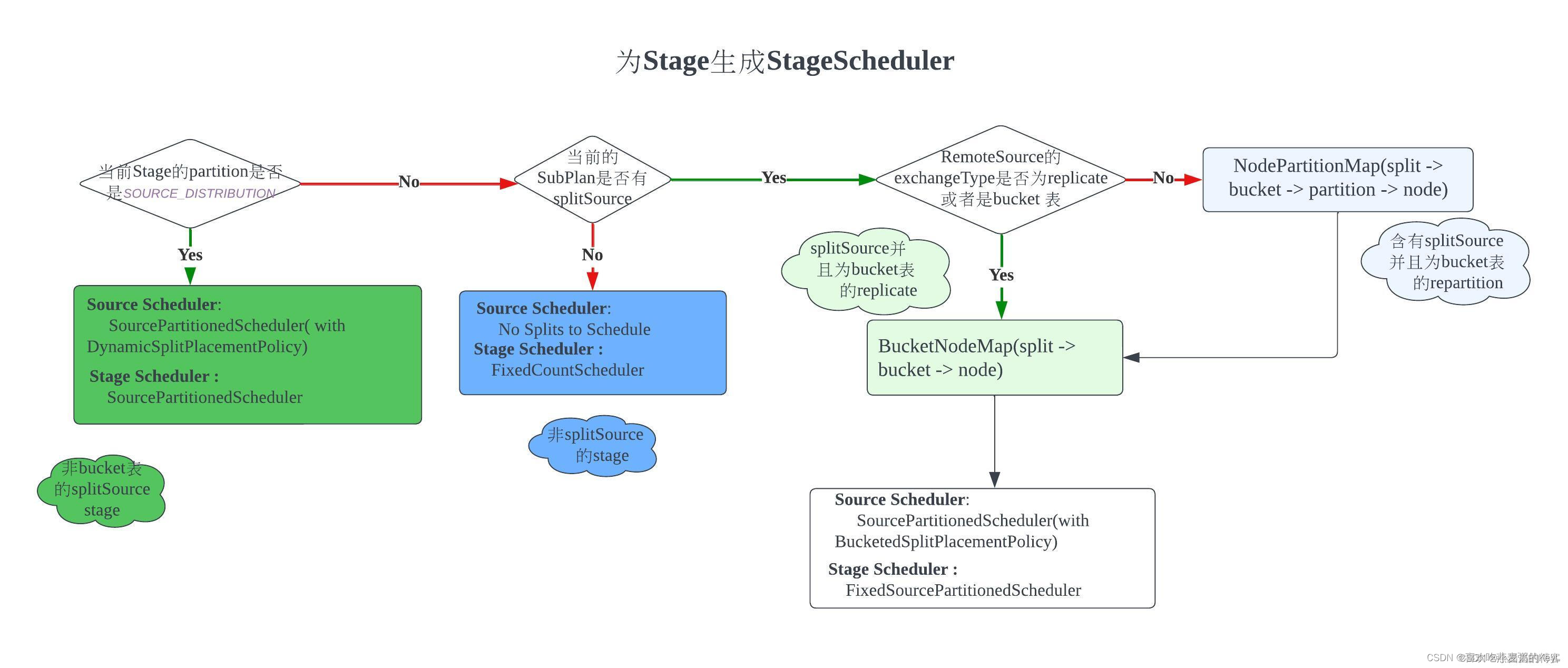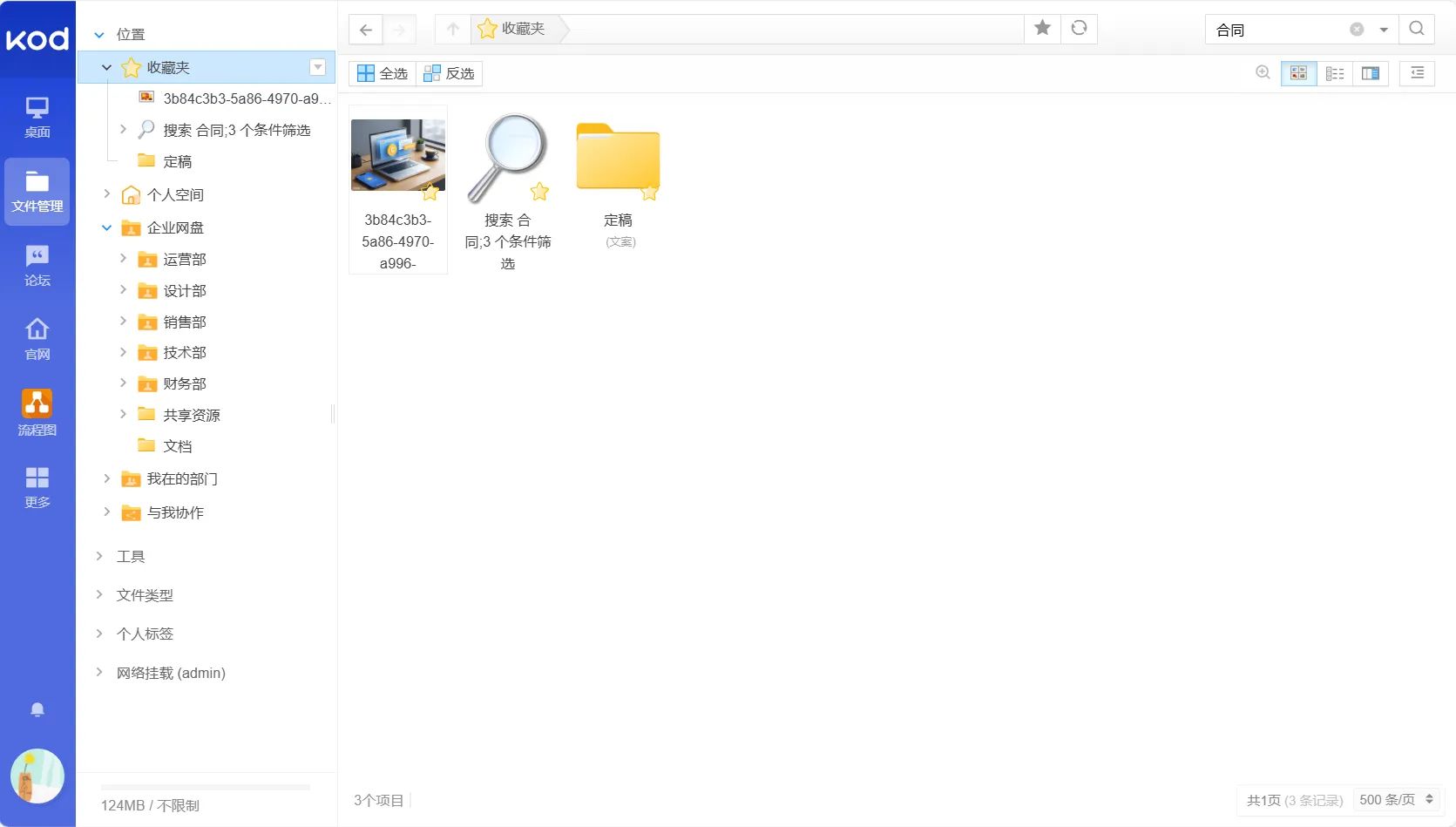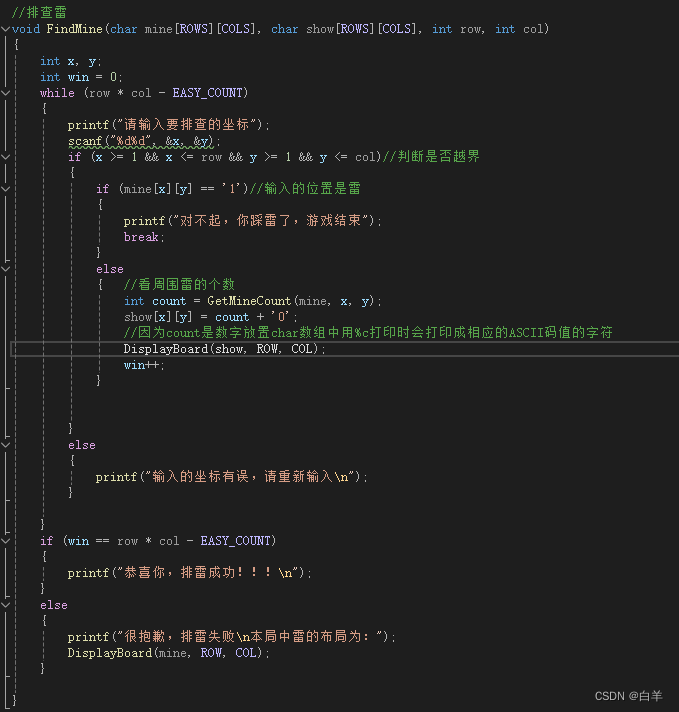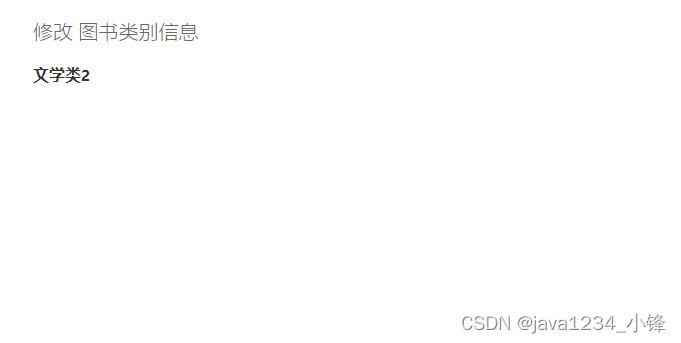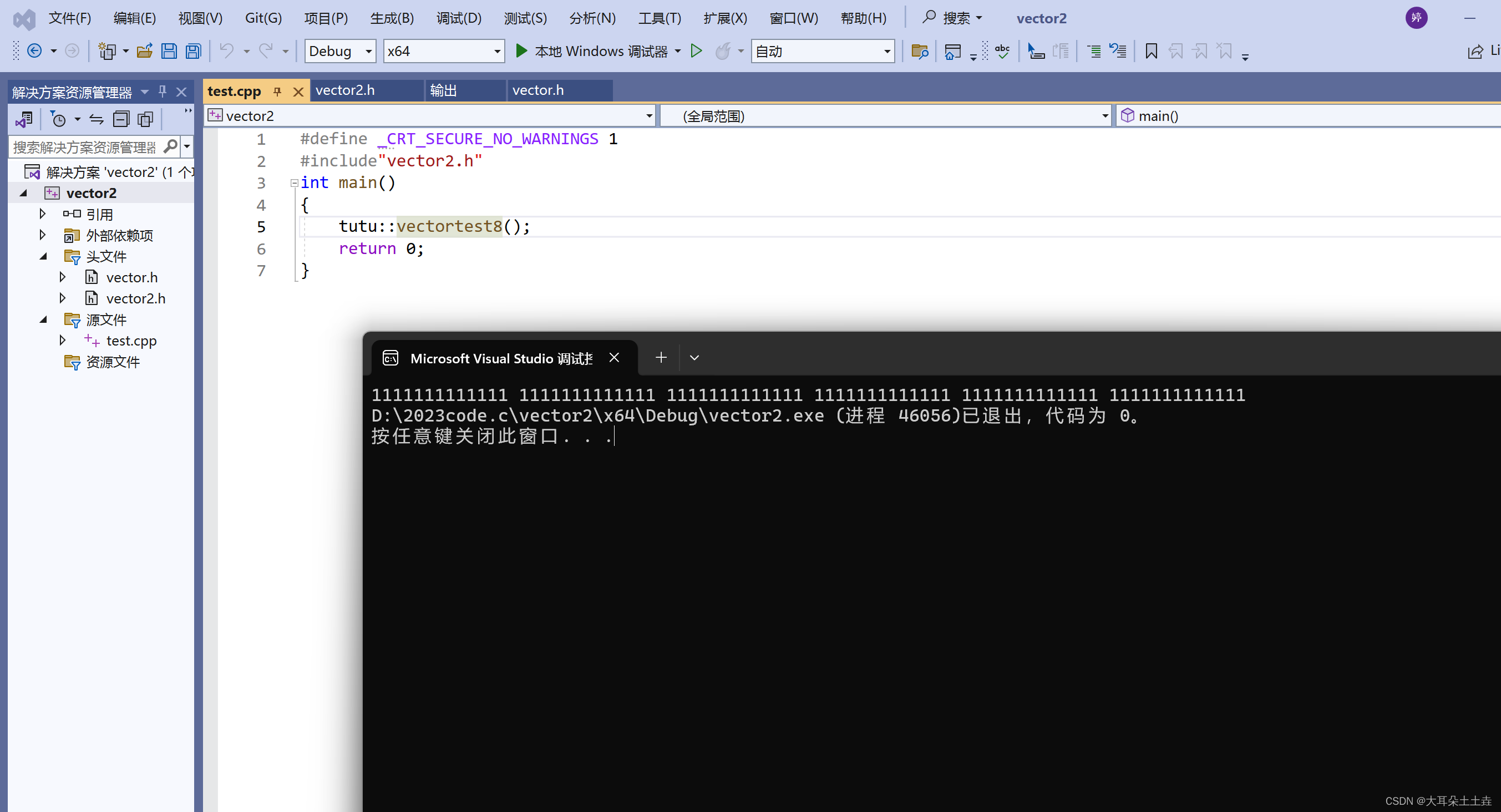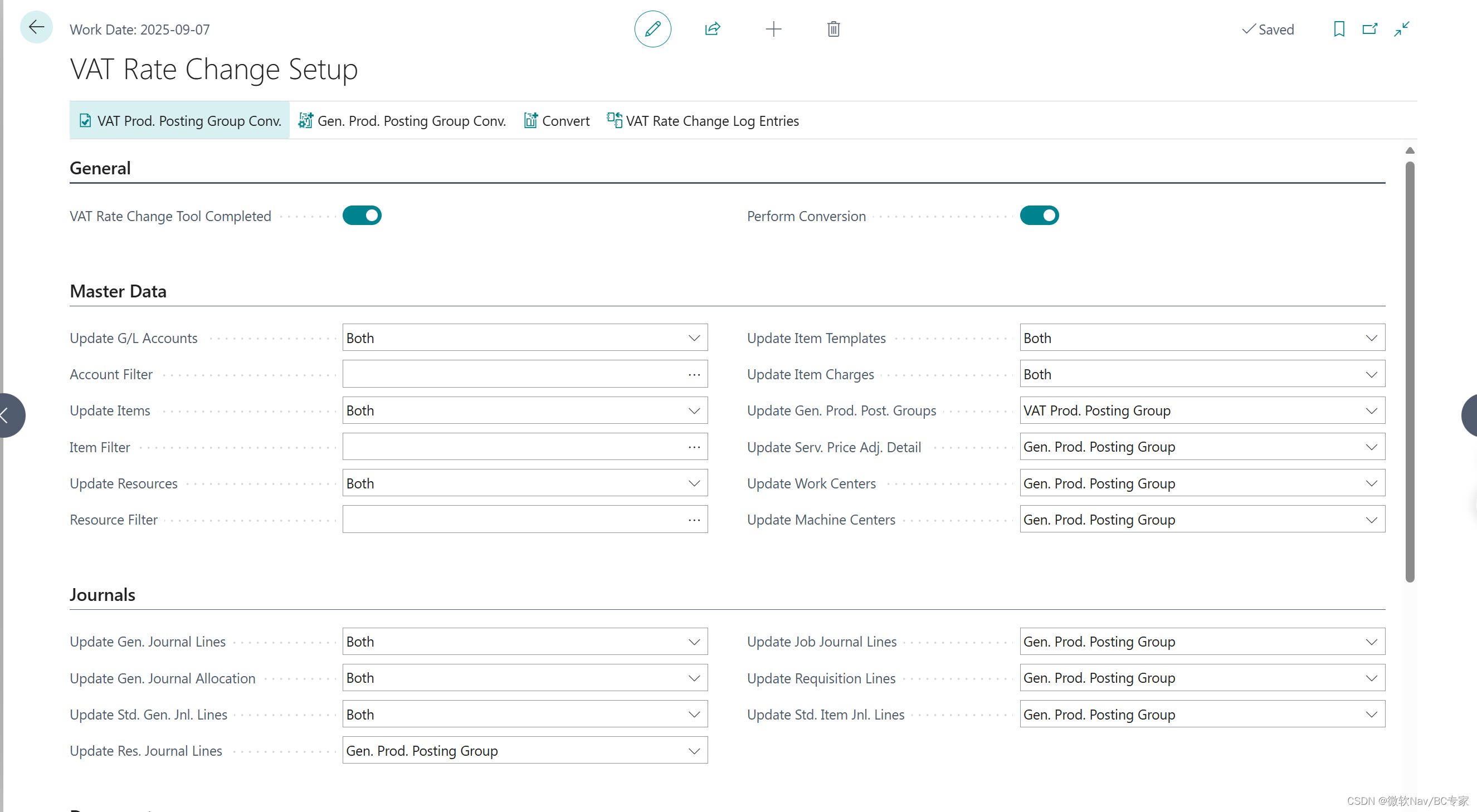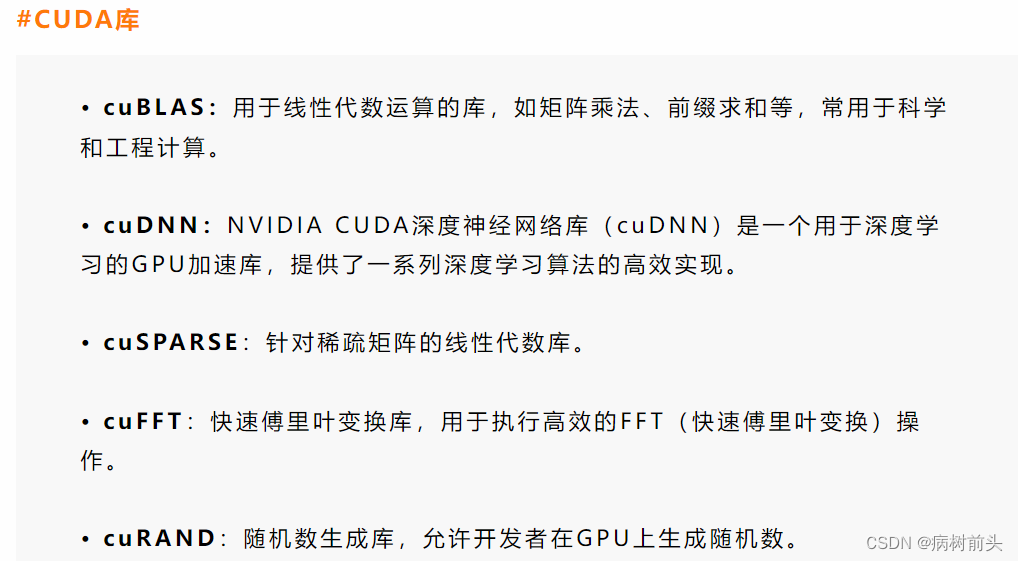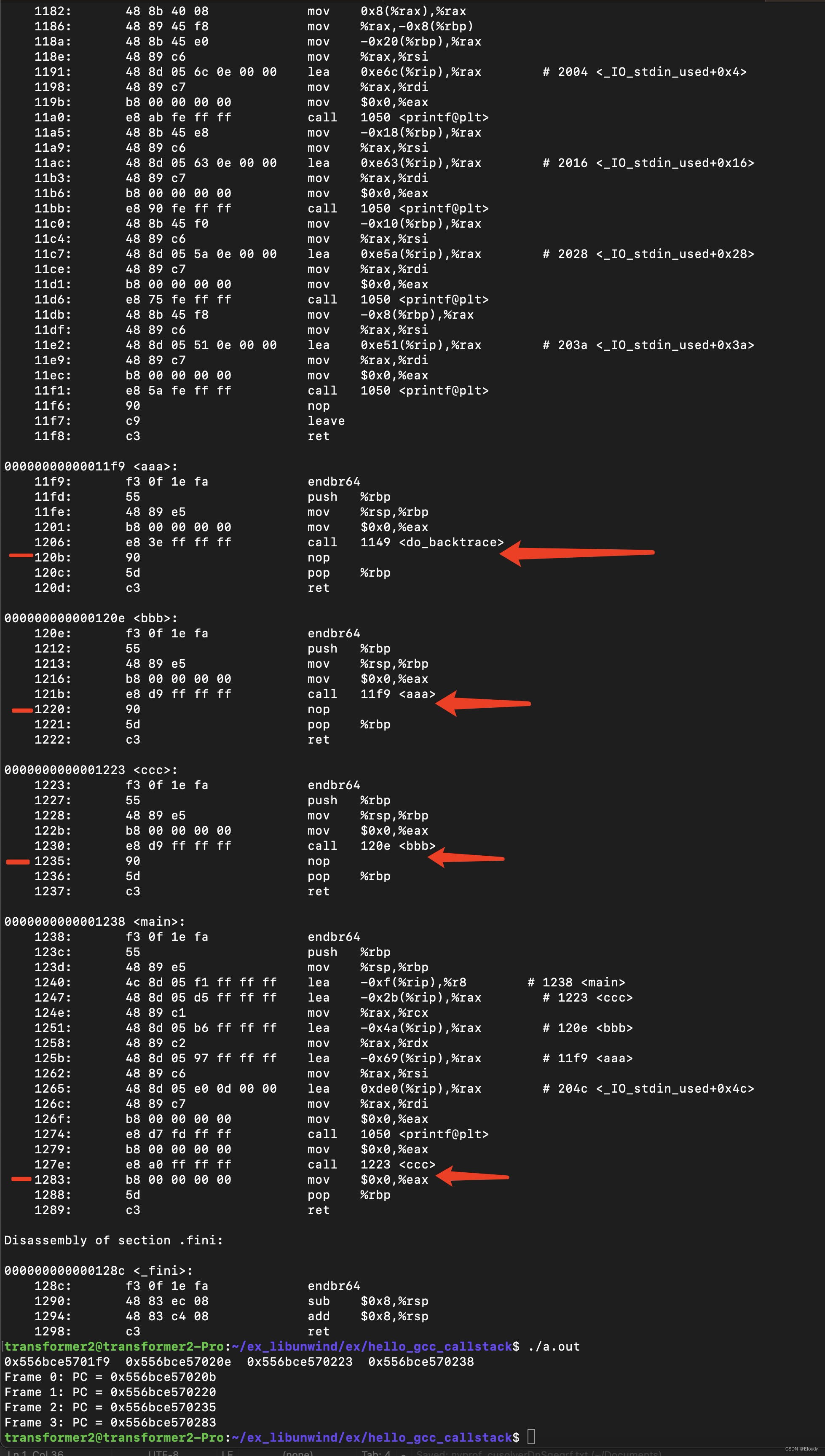
😄 19年之后由于某些原因断更了三年,23年重新扬帆起航,推出更多优质博文,希望大家多多支持~
🌷 古之立大事者,不惟有超世之才,亦必有坚忍不拔之志
🎐 个人CSND主页——Micro麦可乐的博客
🐥《Docker实操教程》专栏以最新的Centos版本为基础进行Docker实操教程,入门到实战
🌺《RabbitMQ》本专栏主要介绍使用JAVA开发RabbitMQ的系列教程,从基础知识到项目实战
🌸《设计模式》专栏以实际的生活场景为案例进行讲解,让大家对设计模式有一个更清晰的理解
💕《Jenkins实战》专栏主要介绍Jenkins+Docker+Git+Maven的实战教程,让你快速掌握项目CI/CD,是2024年最新的实战教程
如果文章能够给大家带来一定的帮助!欢迎关注、评论互动~
使用 Spring Boot 自定义注解和AOP实现基于IP的接口限流和黑白名单
- 前言
- 项目初始化
- 自定义限流注解
- 编写限流切面
- Controller中使用限流注解
- 接口测试
- 结语
前言
在我们日常开发的项目中为了保证系统的稳定性,很多时候我们需要对系统做限流处理,它可以有效防止恶意请求对系统造成过载。常见的限流方案主要有:
- 网关限流:
NGINX、Zuul等 API 网关- 服务器端限流:服务端接口限流
- 令牌桶算法:通过定期生成令牌放入桶中,请求需要消耗令牌才能通过
- 熔断机制:
Hystrix、Resilience4j等
本文将详细介绍 Spring Boot 通过自定义注解和 AOP(面向切面编程),实现基于 IP 的限流和黑白名单功能,包括如何使用 Redis 存储限流和黑名单信息。
项目初始化
首先,创建一个 Spring Boot 项目,并添加必要的依赖。在 pom.xml 文件中添加以下内容:
<dependencies><dependency><groupId>org.springframework.boot</groupId><artifactId>spring-boot-starter-web</artifactId></dependency><dependency><groupId>org.springframework.boot</groupId><artifactId>spring-boot-starter-aop</artifactId></dependency><dependency><groupId>org.springframework.boot</groupId><artifactId>spring-boot-starter-data-redis</artifactId></dependency>
</dependencies>
配置 application.yml 加入 redis 配置
spring:#redisredis:# 地址host: 127.0.0.1# 端口,默认为6379port: 6379
自定义限流注解
创建一个自定义注解 RateLimit :
import java.lang.annotation.ElementType;
import java.lang.annotation.Retention;
import java.lang.annotation.RetentionPolicy;
import java.lang.annotation.Target;@Retention(RetentionPolicy.RUNTIME)
@Target(ElementType.METHOD)
public @interface RateLimit {//限制次数int limit() default 5;//限制时间 秒int timeout() default 60;
}
编写限流切面
使用 AOP 实现限流逻辑,并增加 IP 黑白名单判断 , 使用 Redis 来存储和检查请求次数及黑名单信息。
import org.aspectj.lang.ProceedingJoinPoint;
import org.aspectj.lang.annotation.Around;
import org.aspectj.lang.annotation.Aspect;
import org.springframework.beans.factory.annotation.Autowired;
import org.springframework.data.redis.core.StringRedisTemplate;
import org.springframework.stereotype.Component;import javax.servlet.http.HttpServletRequest;
import java.util.concurrent.TimeUnit;@Aspect
@Component
public class RateLimitAspect {@Autowiredprivate StringRedisTemplate redisTemplate;@Autowiredprivate HttpServletRequest request;//定义黑名单key前缀private static final String BLACKLIST_KEY_PREFIX = "blacklist:";//定义白名单key前缀private static final String WHITELIST_KEY_PREFIX = "whitelist:";@Around("@annotation(rateLimit)")public Object rateLimit(ProceedingJoinPoint joinPoint, RateLimit rateLimit) throws Throwable {//获取IPString ip = request.getRemoteAddr();//黑名单则直接异常if (isBlacklisted(ip)) {throw new RuntimeException("超出访问限制已加入黑名单,1小时后再访问");}//如果是白名单下的不做限制if (isWhitelisted(ip)) {return joinPoint.proceed();}String key = generateKey(joinPoint, ip);int limit = rateLimit.limit();int timeout = rateLimit.timeout();String countStr = redisTemplate.opsForValue().get(key);int count = countStr == null ? 0 : Integer.parseInt(countStr);if (count < limit) {redisTemplate.opsForValue().set(key, String.valueOf(count + 1), timeout, TimeUnit.SECONDS);return joinPoint.proceed();} else {addToBlacklist(ip);throw new RuntimeException("超出请求限制IP已被列入黑名单");}}private boolean isBlacklisted(String ip) {return redisTemplate.hasKey(BLACKLIST_KEY_PREFIX + ip);}private boolean isWhitelisted(String ip) {return redisTemplate.hasKey(WHITELIST_KEY_PREFIX + ip);}private void addToBlacklist(String ip) {redisTemplate.opsForValue().set(BLACKLIST_KEY_PREFIX + ip, "true", 1, TimeUnit.HOURS);}private String generateKey(ProceedingJoinPoint joinPoint, String ip) {String methodName = joinPoint.getSignature().getName();String className = joinPoint.getTarget().getClass().getName();return className + ":" + methodName + ":" + ip;}
}
Controller中使用限流注解
创建一个简单的限流测试Controller,并在需要限流的方法上使用 @RateLimit 注解:,需要编写异常处理,返回RateLimitAspect异常信息,并以字符串形式返回
import org.springframework.web.bind.annotation.GetMapping;
import org.springframework.web.bind.annotation.RequestMapping;
import org.springframework.web.bind.annotation.RestController;@RestController
@RequestMapping("/api")
public class TestController {//由于是简单的测试项目,这里就直接定义异常处理,并为采用全局异常处理@ExceptionHandler(value = Exception.class)public String handleException(Exception ex) {return ex.getMessage();}@RateLimit(limit = 5, timeout = 60)@GetMapping("/limit")public String testRateLimit() {return "Request successful!";}
}
接口测试
使用接口调试工具,请求接口测试,博主这里使用的是 Apifox,我们60秒内请求5次
前5次均返回 Request successful!
第6次会提示 超出请求限制IP已被列入黑名单

结语
通过以上步骤,我们成功地使用自定义注解和 AOP 实现了基于 IP 的接口限流和黑白名单功能。这种方法不仅简化了限流逻辑的实现,还增强了系统的安全性和稳定性。小伙伴们可以根据实际需求对限流逻辑进行进一步扩展和优化,例如增加不同的限流策略、动态调整限流参数等。


